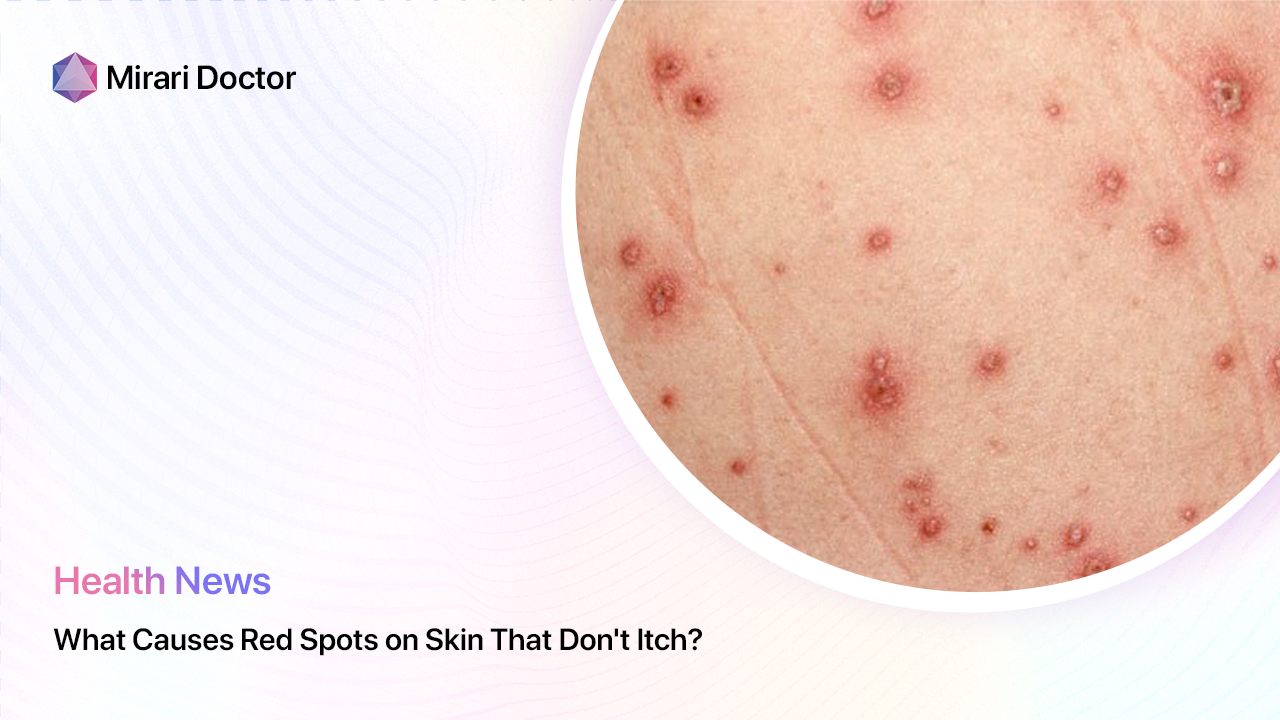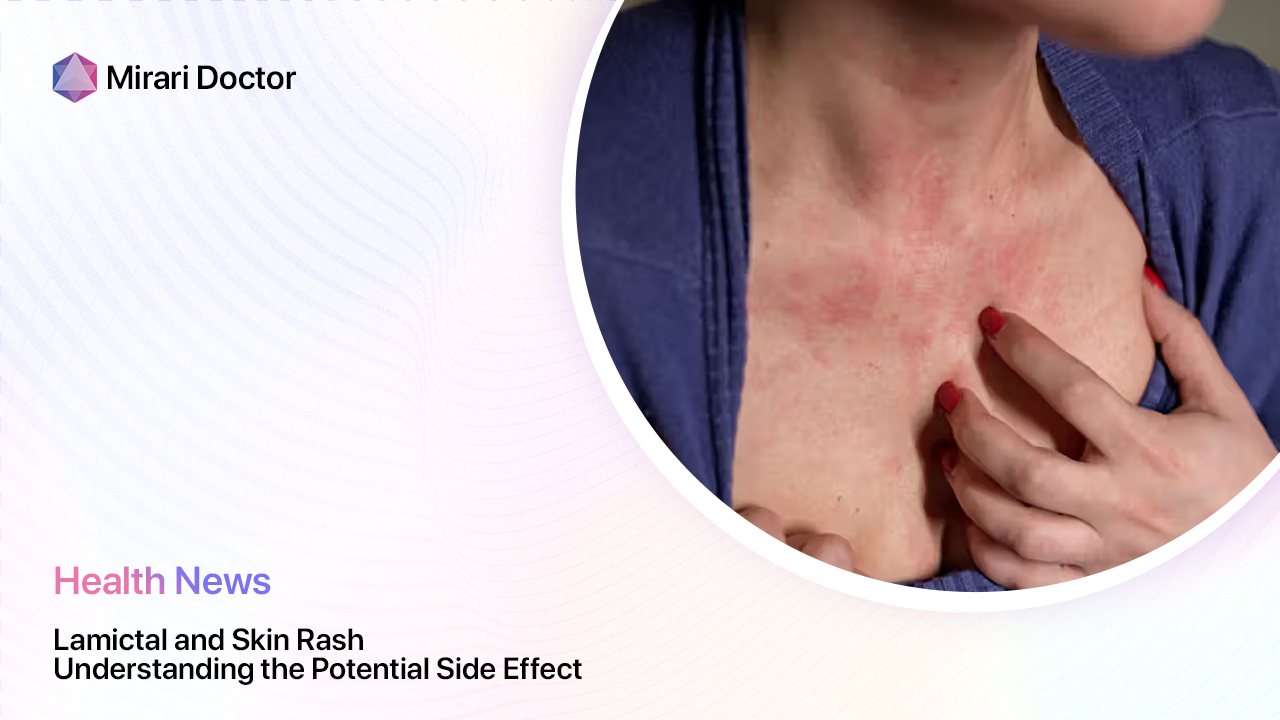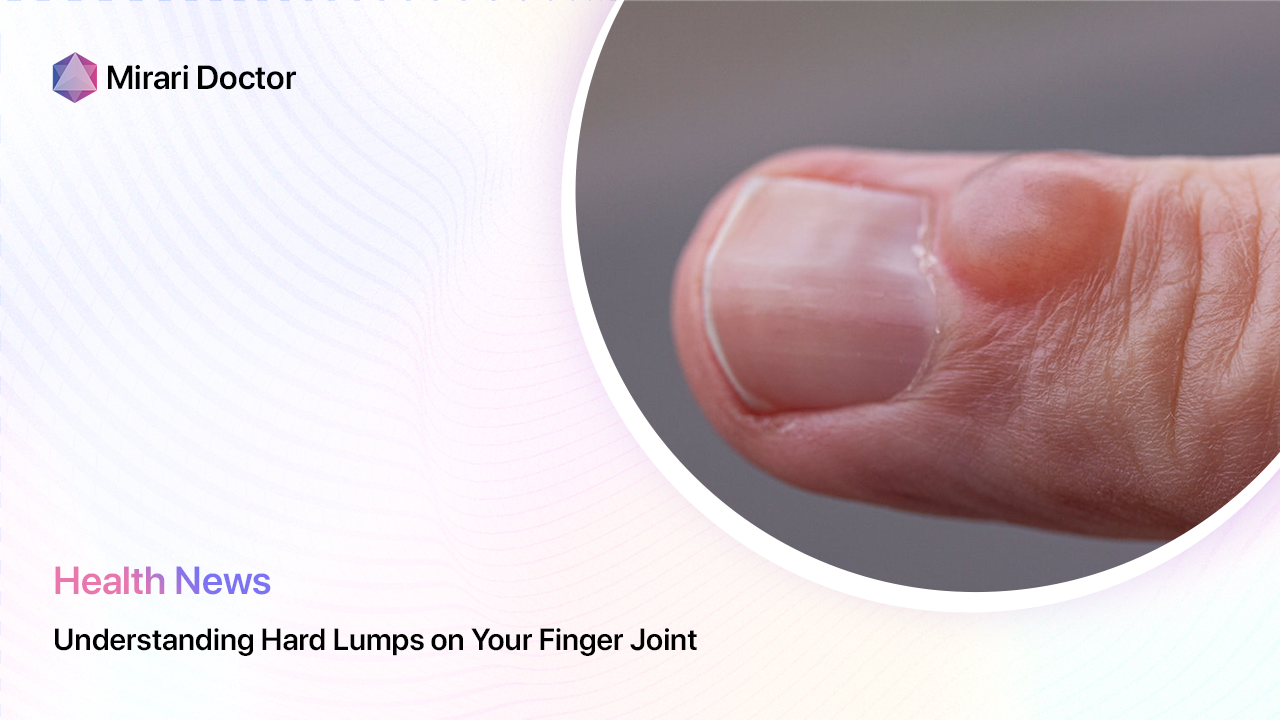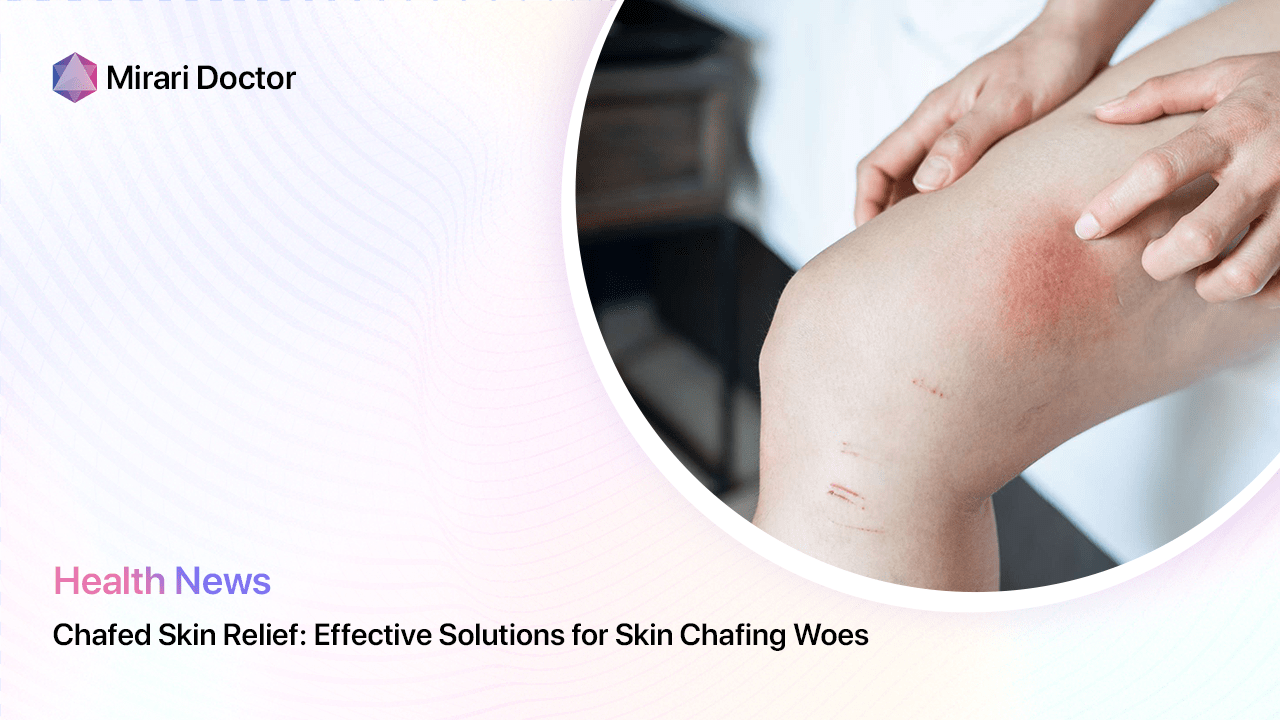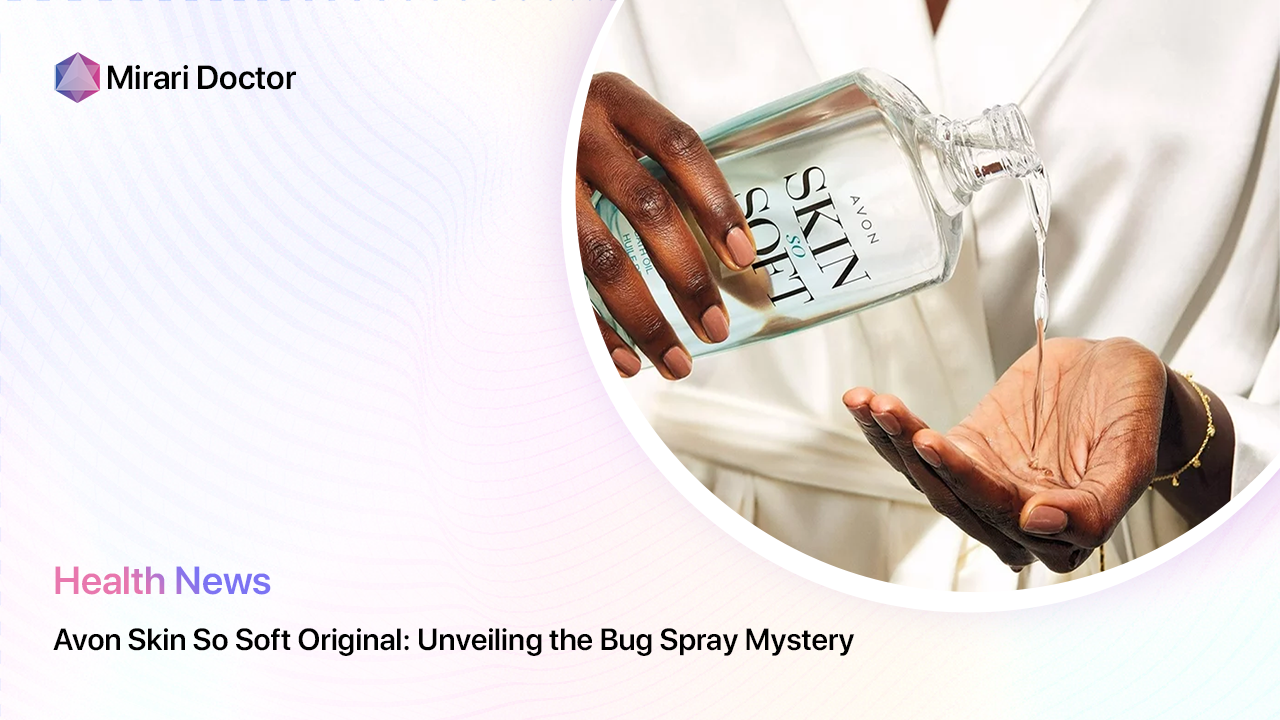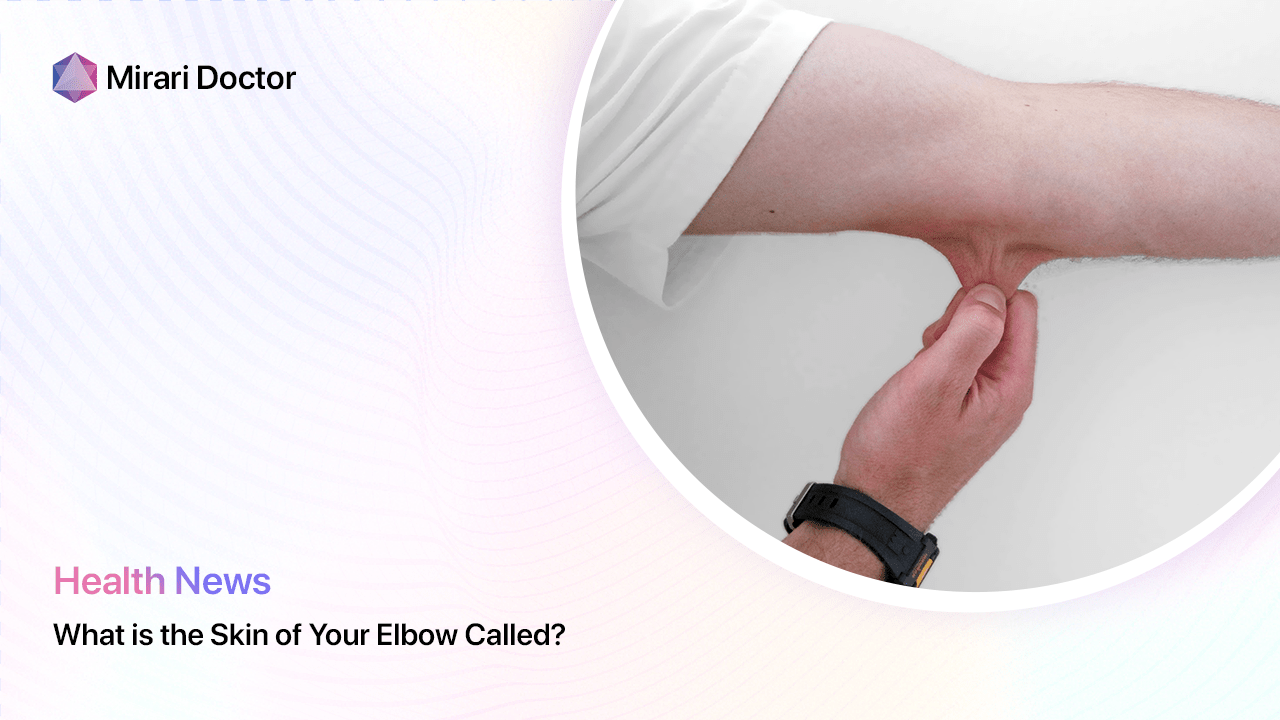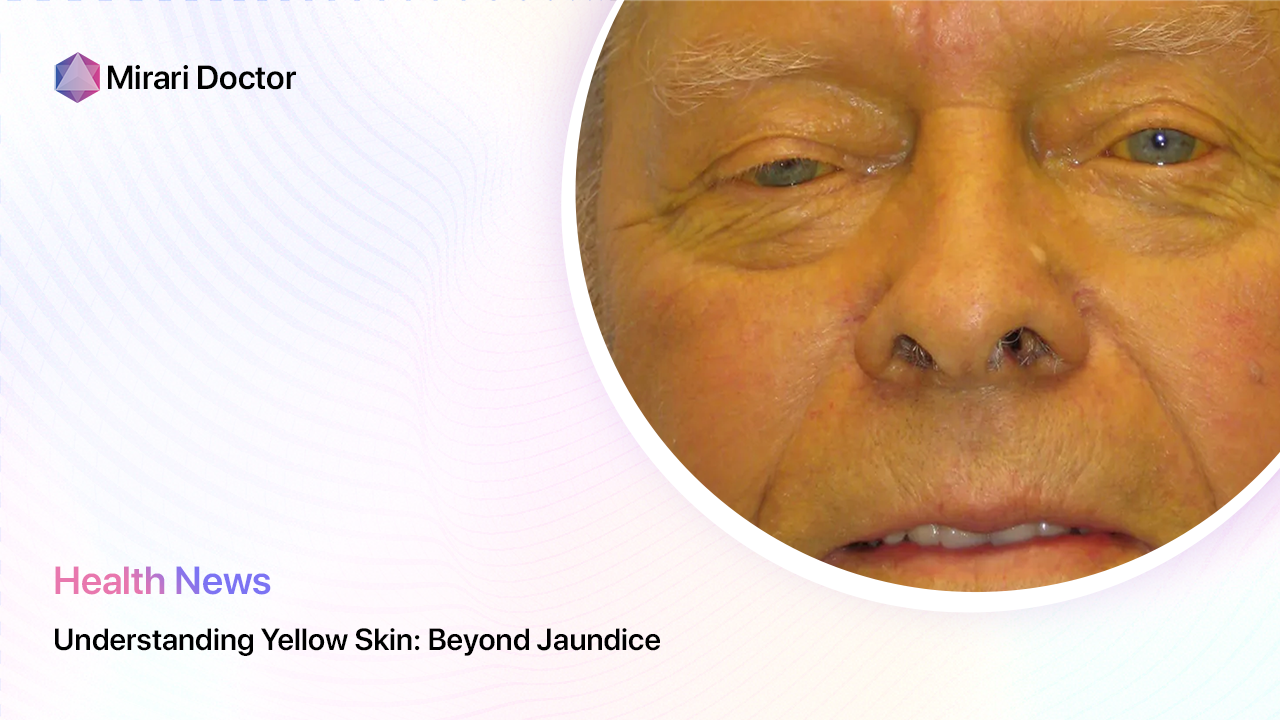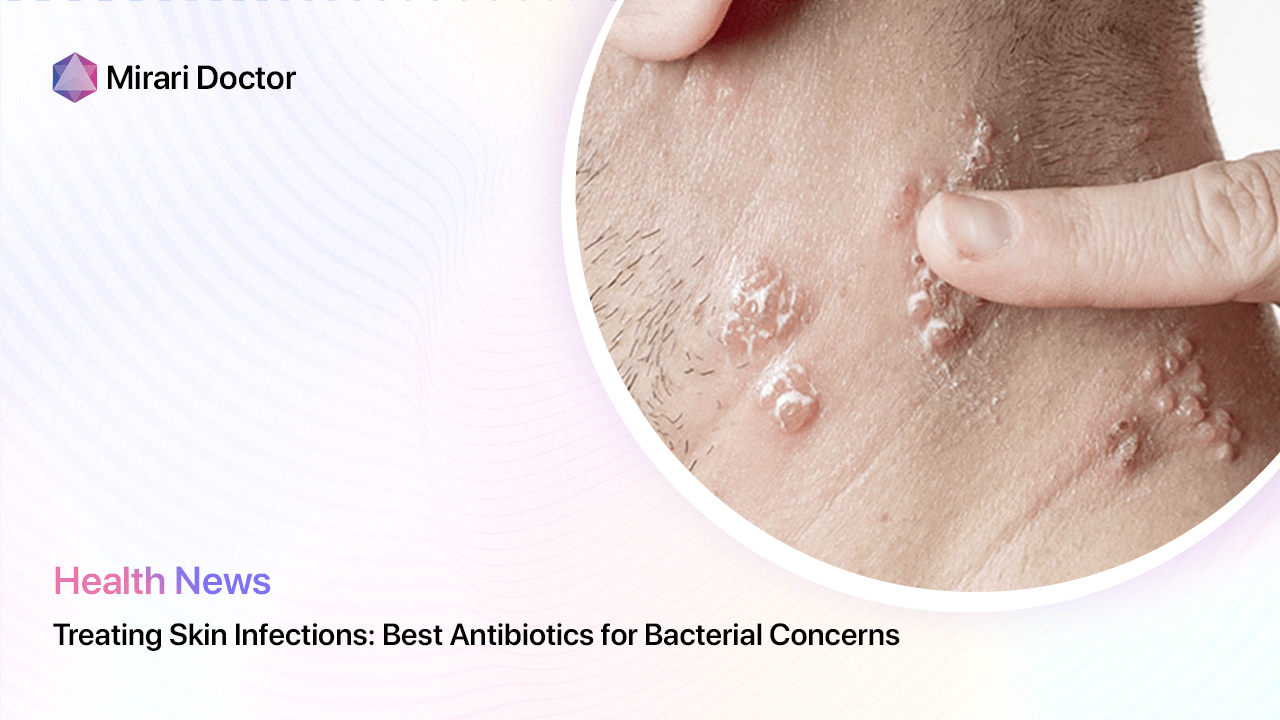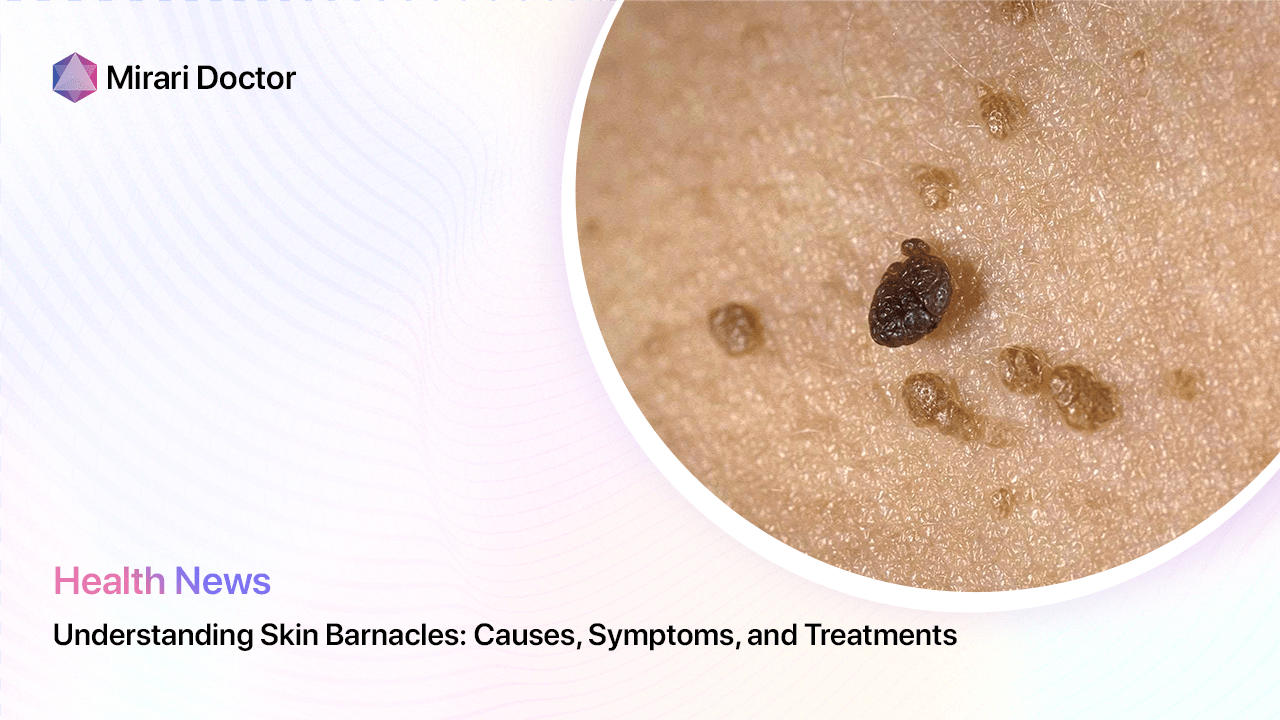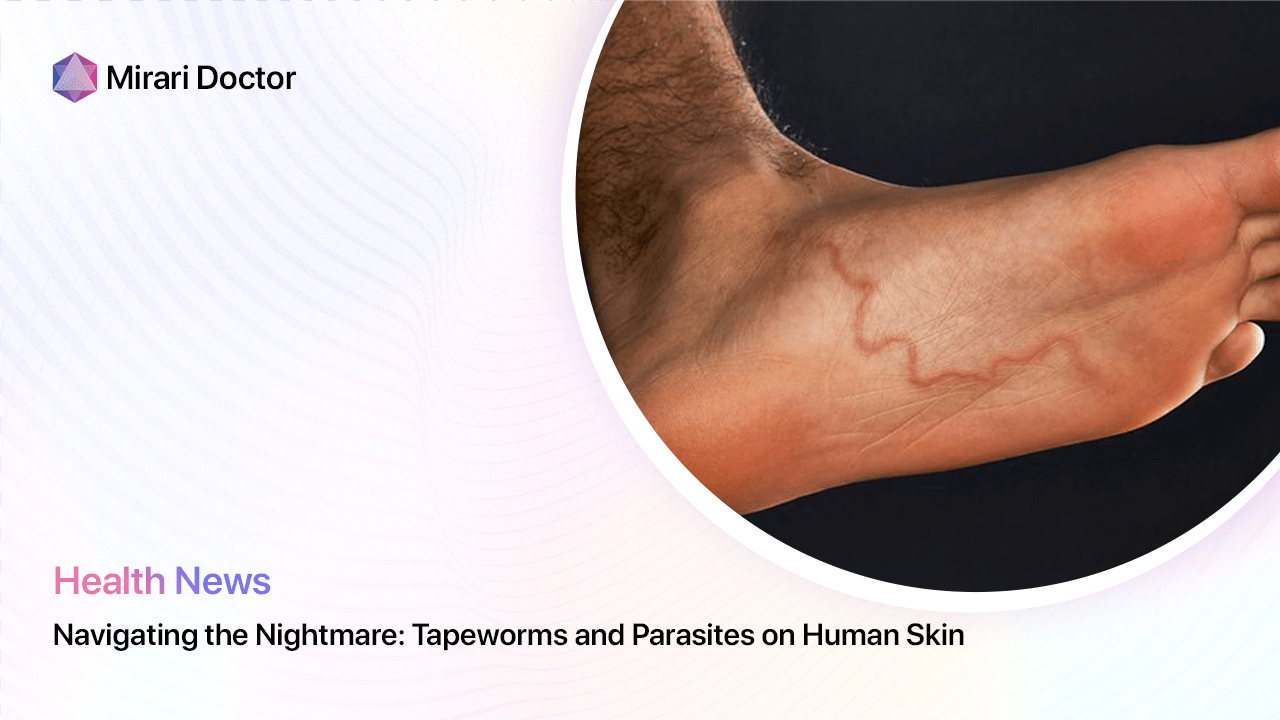
Skin parasites, tapeworms, and infestations can be extremely uncomfortable and concerning. This comprehensive guide covers key aspects of identifying, treating, and preventing these unwelcome dermal guests.
Understanding Skin Parasites and Infestations
Skin parasites come in various forms, but generally refer to organisms that live on the skin, burrowing into the epidermis and dermis layers. Common examples include:
- Scabies mites – Tiny mites that burrow under the skin and lay eggs, causing intense itching and rash.
- Lice – Wingless insects that cling to hair and skin, feeding on blood. Cause itching and discomfort.
- Ticks – Small arachnids that embed their heads under the skin, transmitting diseases.
- Fleas – Jumping insects that bite and feed on blood. Can infest skin and hair.
Tapeworms are intestinal worms that attach themselves to the gut lining. Some tapeworm larvae can migrate under the skin, causing discomfort.
Skin infestations occur when parasites successfully invade and populate areas of skin and tissue. This often causes symptoms like:
- Intense itching
- Rashes, bumps, or lesions
- Crawling or biting sensations
- Visible worms or insects on skin
Left untreated, some skin parasites can transmit serious diseases and pathogens. It’s crucial to identify and treat infestations promptly.
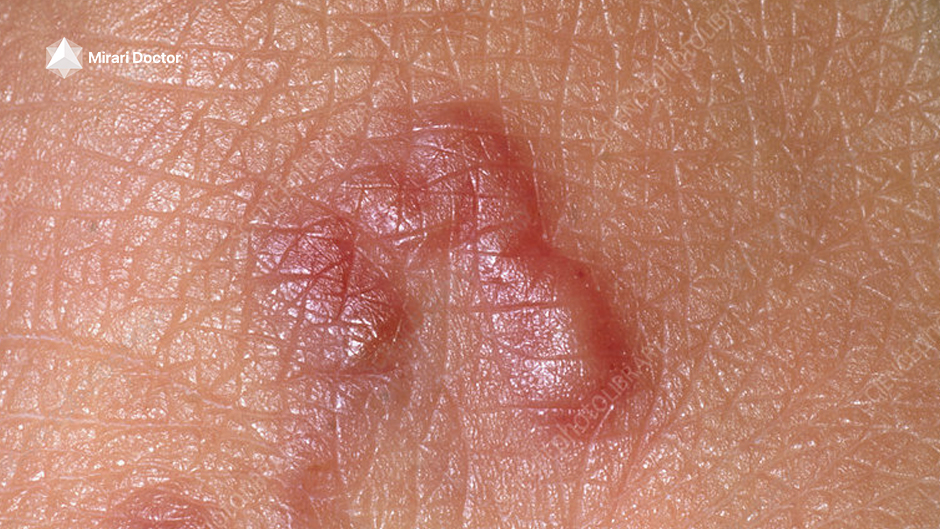
Spotting Signs of Skin Parasites
Carefully inspecting the skin is key for detecting parasites early. Watch for:
| – Tiny raised tunnels | – Clusters of bites or irritated spots |
| – White specks on skin surface | – Slow-moving dots |
| – Visible insects like mites or lice | – Red thread-like lines under skin |
Pay particular attention to common problem areas:
- Between fingers and toes
- Wrists and elbow creases
- Genital areas
- Under breasts or fat folds
Strange sensations like stinging, pinching, itching or crawling can also indicate skin parasites. Monitor areas that itch persistently or feel abnormal.
Getting Treatment for Skin Parasites
If you suspect a parasitic skin infestation, it’s vital to get professional diagnosis and treatment quickly.
Diagnostic Testing
A dermatologist can often identify skin parasites through visual inspection. They may also take skin scrapings or samples to analyze under a microscope. DNA tests can further pinpoint some parasites.
Medications
- Topical creams containing ingredients like permethrin, crotamiton or sulfur kill scabies, lice and other parasites on the skin’s surface.
- Oral medications like ivermectin or albendazole treat parasitic infections internally.
- Steroid creams and antihistamines relieve itching and inflammation.
Closely follow treatment guidelines to fully eliminate infections in one cycle. Partial treatments can worsen resistance.
Supportive Care
- Keep skin clean and nails trimmed short to prevent reinfection.
- Apply medicated creams thoroughly from scalp to soles.
- Wash clothing and bedding on hot cycles frequently.
- Avoid close personal contact before parasites are eradicated.
Preventing Skin Parasites and Infestation
Maladies like lice and scabies spread quickly in crowded or unsanitary conditions. Taking preventative steps can reduce risk:
- Maintain good hygiene through regular bathing, handwashing and nail care.
- Avoid sharing towels, clothing or bed sheets.
- Use insect repellant when outdoors.
- Carefully inspect and wash secondhand items before use.
- Stay aware of outbreaks related to schools, nursing homes or shelters.
- Get pets routinely treated by vets for fleas, ticks and mites.
- Practice safe sex using barriers like condoms and dental dams.
Being proactive reduces the chances of dealing with uncomfortable skin infestations!

FAQs About Skin Parasites and Infestations
What are some common signs of skin parasites?
Common signs include: intense itchy patches or tracks, clusters of bites/pustules, visible insects like lice/mites, slow-moving specks, white thread-like lines under skin, sensations of pinching/crawling, and infected or inflamed areas.
Can I treat skin parasites at home?
Some over-the-counter lotions or hair shampoos can treat mild cases of head/body lice without medical intervention. However, it is best to see your doctor for positive identification and treatment advice for most skin parasites. Unmonitored self-care risks resistance or complications.
Are skin parasites contagious?
Yes, many parasites like scabies, lice and fleas easily spread through close personal contact or shared bedding and clothes. Maintaining good hygiene and avoiding contact until treated helps control contagion.
Can pets transfer skin parasites to humans?
Absolutely. Animal-to-human transmission is common with certain skin parasites. Pets can carry fleas, mites, ticks and other parasites which can feed on or infest human skin. Routine vet visits and prevention treatments reduce this risk.
Will skin parasites just go away untreated?
No – most parasitic skin infestations require targeted medical treatment to fully resolve. Without appropriate topical or oral medications, parasites will continue to live, feed and breed within skin layers. This worsens symptoms and enables wider spread. Prompt diagnosis and prescription treatment is best.
In Summary…
- Skin parasites, like mites, lice, fleas and larval tapeworms can invade the skin and cause discomfort.
- Resulting skin infestations often involve intense itching, bites, inflammation and strange crawling sensations.
- Catching symptoms early and getting diagnosed is key to treating infestations.
- Topical creams, oral meds and supportive care enable getting rid of skin parasites.
- Good hygiene/prevention helps avoid contagious spread and complications.
Carefully checking the skin and seeking healthcare at the first signs of parasites prevents prolonged struggle with these pesky dermal invaders!
References
- Centers for Disease Control and Prevention. (2022). Parasites. https://www.cdc.gov/parasites/
- Goldstein, B. (2021). Scabies. N Engl J Med. 2021; 384:350-360.
- Johnston, K., & Ko, C. J. (2022). Arthropod bites and infestations. Clinics in dermatology, 40(1), 168–188.
- Yadav S. (2019). Larva Migrans. In: StatPearls. StatPearls Publishing.
Related articles
Made in USA



